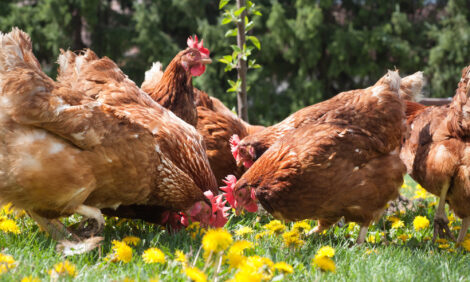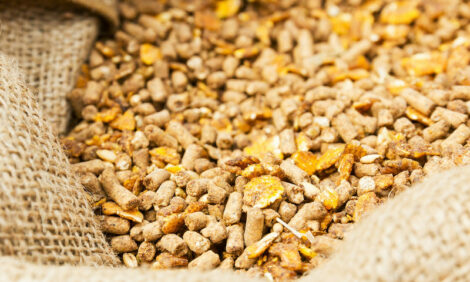



Turkey announces new 2024-2028 Livestock Roadmap
Turkey has seen a significant decline in livestock inventoriesTurkiye’s Minister of Agriculture and Forestry, Ibrahim Yumakli, announced the “2024-2028 Livestock Roadmap” in February 2024, following a significant decrease in domestic livestock inventories. These shortages were the result of a sizeable increase in the number of slaughtered female cattle after domestic raw milk prices fell sharply, according to a recent US Department of Agriculture (USDA) Global Agricultural Information Network (GAIN) report.
At the same time, Turkiye has seen a 640% increase over the previous year in live cattle imports, which were valued at $1.2 billion in 2023. These imports mostly come from Brazil and Uruguay. Unfortunately, while US live cattle exports to Turkiye were set to see a record year in 2024, following the HPAI in cattle outbreak in the United States, Turkiye has placed a ban on imports of live cattle from the US.
During the roadmap’s unveiling, Minister Yumakli stated that the aim of the project is to increase healthy, high-quality production patterns in the country and to meet the food needs of Turkiye’s 85 million residents and 57 million tourists. Turkiye’s food inflation is a cause of major concern for the Turkish government, having risen 70.14% over the twelve months ending May 2024.
Meat prices have similarly risen over the past marketing year (MY) to 450-550 Turkish Lira (TK)/kg ($14-17/kg as of June 2024), an increase of 43% over the preceding MY. This increase in prices has directly affected consumers, as retail and HRI prices continue to rise. Yumakli pointed out that the first topic of the roadmap is “planning of animal production.”
MinAF has created a regional model, focused on production, cost, capacity, and marketing opportunities, and has prioritised protecting water and natural resources, as well as ensuring sufficient and healthy production of red meat, poultry meat, milk, and eggs to maintain domestic food security. They also took into
consideration quality forage feed capacity, which is the main input for animal production, and pasture areas. In addition, the ministry will expand on its contractual production model to ensure domestic food and price stability.










